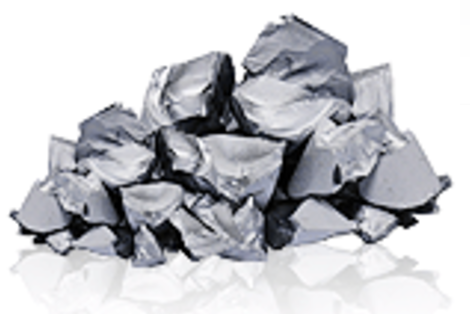Polysilicon output by volume rose 33.7% year on year to 13,068 metric tons (MT) in 2016.
The company’s external sales of polysilicon jumped 32.2% by volume on the year to 10,883 MT, according to the group’s unaudited results.
Sales of wafers edged up 8.4% from the preceding year to 82.8 million units for the year to the end of December.
Daqo New Energy recorded a gross margin of 35.1% in 2016, from 20.6% during the previous 12-month period.
In the fourth quarter — which the company described as an “important milestone,” in part because it finished building its Phase 3A polysilicon facility in China’s Xinjiang region — its net profit plunged 57.3% year on year to $4.1 million.
The expansion of its production capacity paved the way for it to ramp up output from the first quarter of 2017, several months ahead of schedule. By the end of February, it had reached full production capacity of 18,000 MT per year.
Fourth-quarter revenue fell 15.1% in the fourth quarter to $46.1 million, shaving the group’s gross margin by 6.4% from the preceding three-month period to 30.7%.
The Chongqing-based group attributed the decline to weaker polysilicon sales and lower ASPs.
It also said that its polysilicon output volume from 3,636 MT in the volatile third quarter to 2,456 MT in the final three months of the year, primarily because it scaled back output as it upgraded and expanded its production facilities.
Its external sales of polysilicon by volume fell roughly 22.2% on the quarter to 2,209 MT in the October-December period.
Total production costs at its facilities in China’s remote Xinjiang region averaged $9.98/kg, up from $8.66/kg in the preceding quarter.
The average selling price (ASP) of polysilicon edged down $0.68 quarter on quarter in the final three months of 2016 to $14.96/kg, Daqo said.
However, the group’s sales of wafers rose to 21.3 million units over the same period.
Gongda Yao, chief executive of Daqo New Energy, described fourth-quarter demand for polysilicon as “robust,” adding that India in particular would drive the growth of the global PV market throughout 2017.
“This bodes well for continued strong demand for high-purity polysilicon products,” he said, pointing to growing demand for high-purity semiconductor-grade polysilicon.
Yao said that demand for polysilicon continues to outstrip Daqo's expanded production capacity: “In fact, certain customers are now willing to make prepayments so that they can take priority in product delivery. This is a testament to… strong market demand.”
The company therefore expects polysilicon ASPs to rise throughout the first three months of 2017, as its production volumes will likely range between 4,300 and 4,500 metric tons.
It believes its external sales of polysilicon will rise to a high of roughly 3,800 to 4,000 metric tons in the first quarter of this year.
This content is protected by copyright and may not be reused. If you want to cooperate with us and would like to reuse some of our content, please contact: editors@pv-magazine.com.



By submitting this form you agree to pv magazine using your data for the purposes of publishing your comment.
Your personal data will only be disclosed or otherwise transmitted to third parties for the purposes of spam filtering or if this is necessary for technical maintenance of the website. Any other transfer to third parties will not take place unless this is justified on the basis of applicable data protection regulations or if pv magazine is legally obliged to do so.
You may revoke this consent at any time with effect for the future, in which case your personal data will be deleted immediately. Otherwise, your data will be deleted if pv magazine has processed your request or the purpose of data storage is fulfilled.
Further information on data privacy can be found in our Data Protection Policy.